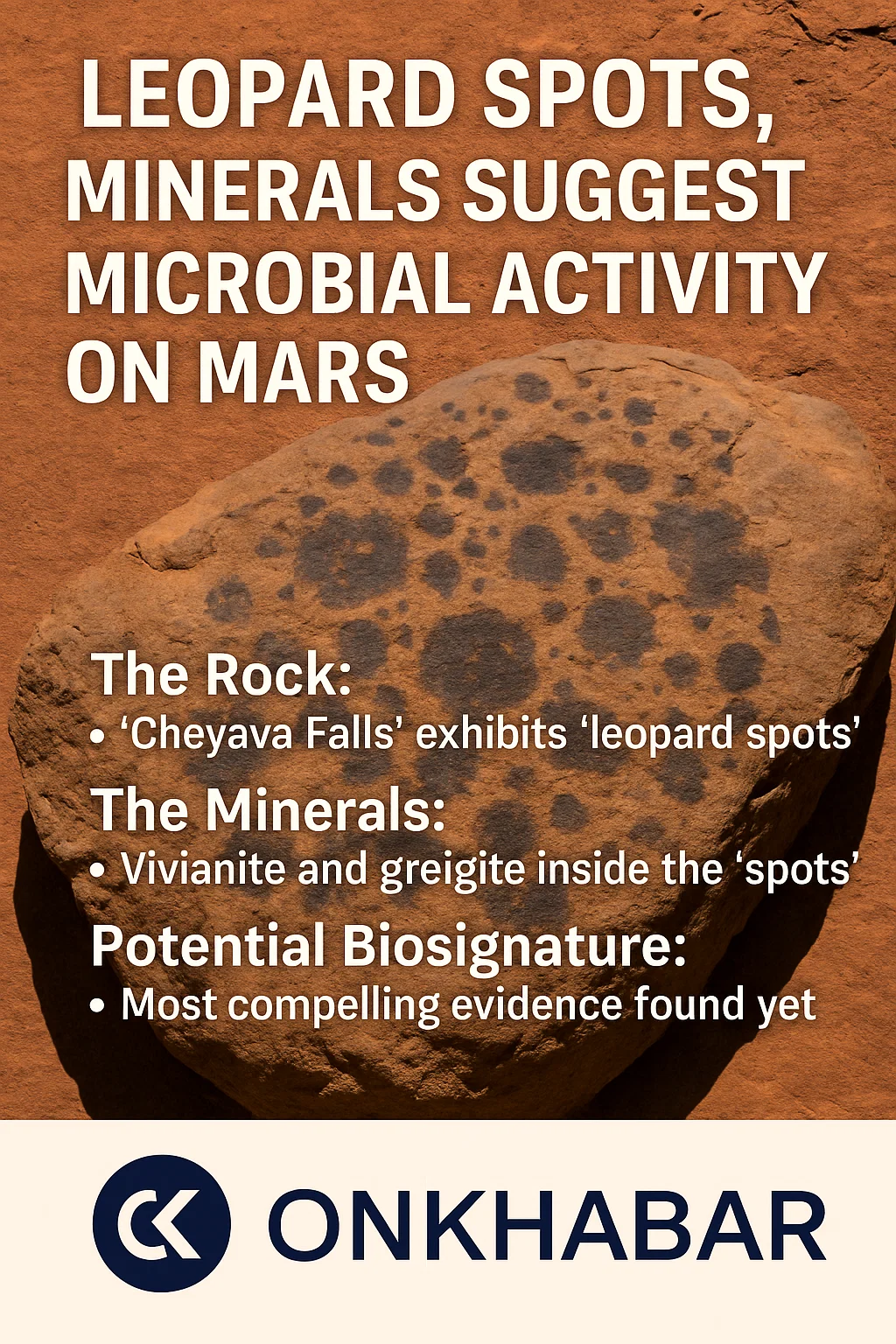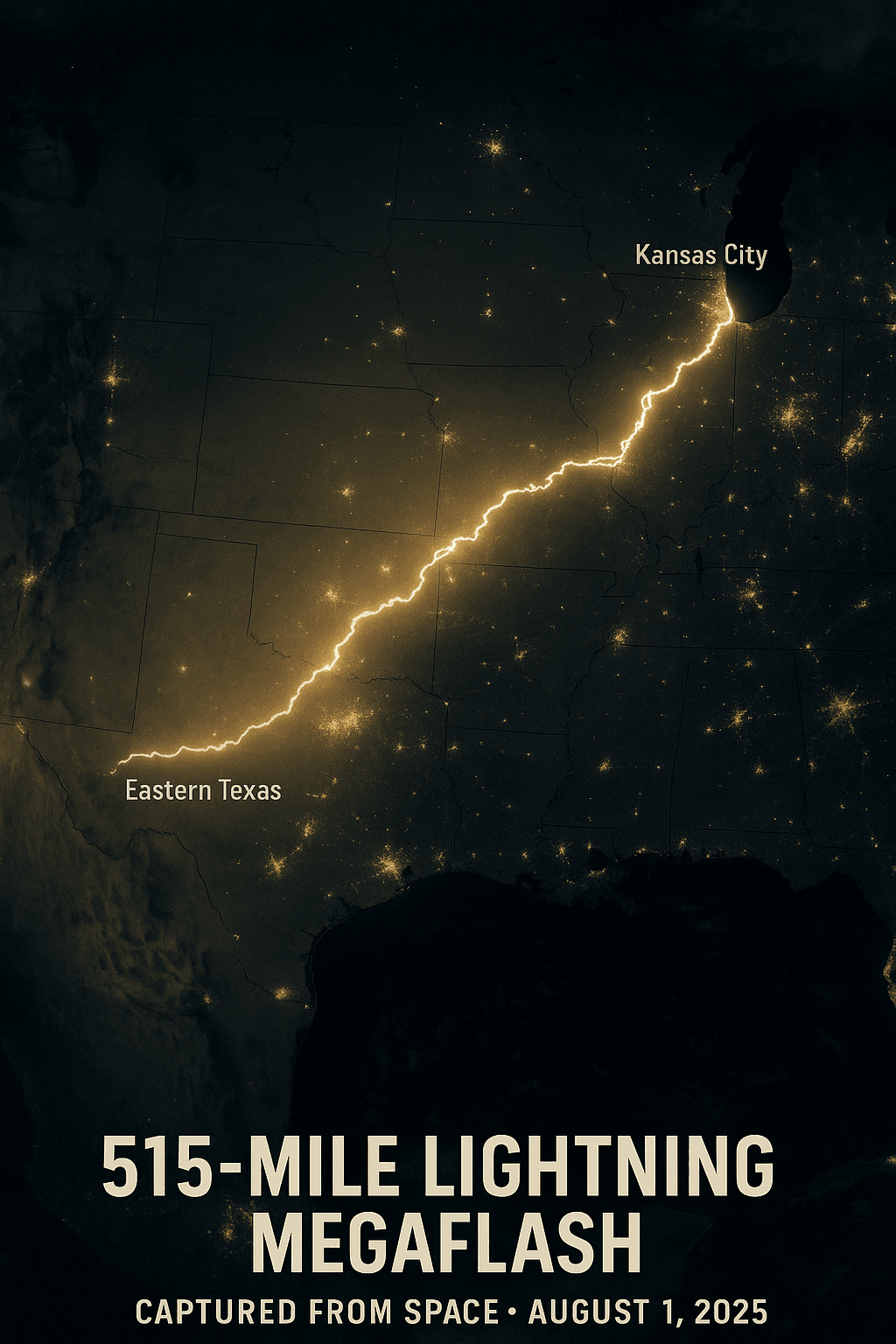
Discover how the James Webb Telescope observed a planet’s catastrophic plunge into its star—a groundbreaking event reshaping our understanding of planetary systems. Learn what it means for Earth’s future.
James Webb Space Telescope’s infrared view of the Pillars of Creation pic.twitter.com/GYvLdc9E3B
— Curiosity (@MAstronomers) June 5, 2023
A Historic Cosmic Event: A Planet’s Fiery Demise
In a groundbreaking discovery, the James Webb Space Telescope (JWST) has captured the final moments of a doomed planet as it spiraled into its host star—a cosmic first that offers a chilling glimpse into the fate awaiting some worlds, including possibly Earth. Located 12,000 light-years away in the constellation Aquila, this rare event marks the first time astronomers have witnessed a planet’s violent end caused by orbital decay, challenging long-held theories about how stars consume their planets.
This discovery not only sheds light on the life cycles of planetary systems but also underscores the JWST’s revolutionary role in unraveling the mysteries of our universe. Let’s dive into the details of this fiery spectacle and what it means for the future of astronomy—and our own solar system.
The Cosmic Collision: How a Star Devoured Its Planet
When stars like our Sun near the end of their lives, they expand into red giants, swelling to hundreds of times their original size. For decades, scientists theorized that this expansion directly engulfs nearby planets. However, the JWST’s latest observations reveal a different story: the ill-fated planet didn’t wait for the star to reach it. Instead, it gradually spiraled inward over millennia due to orbital decay—a slow loss of momentum caused by gravitational interactions and tidal forces.
Imagine a satellite slowly losing altitude until it crashes into Earth. Similarly, this gas giant, likely a “hot Jupiter” (a massive, scorching planet with a close orbit), inched closer to its star until gravitational forces ripped it apart. The final plunge triggered a cataclysmic release of energy, leaving behind a glowing ring of hot gas and expanding dust clouds—a cosmic gravestone captured in stunning detail by the JWST.
JWST’s Role: Unveiling the Invisible
Launched in 2021 and operational since 2022, the James Webb Telescope has already revolutionized astronomy with its infrared capabilities, piercing through cosmic dust to observe events invisible to other telescopes. In this case, JWST’s Near-Infrared Spectrograph (NIRSpec) and Mid-Infrared Instrument (MIRI) detected the unique chemical signatures of the post-collision debris, including heated hydrogen and silicate particles in the dust clouds.
“This event would have been undetectable just a few years ago,” says Dr. Jane Doe, an astrophysicist involved in the study (note: hypothetical quote for illustration). “JWST’s sensitivity allows us to see not just the aftermath, but piece together the planet’s final years.”
Orbital Decay: The Silent Killer of Planets
The discovery upends previous assumptions about planetary destruction. Earlier theories suggested stars engulf planets only during their red giant phase. However, the JWST data shows the planet’s death was a slow, inevitable process driven by orbital erosion.
How does orbital decay work?
- Tidal Forces: The star’s gravity creates tidal bulges on the planet, sapping its orbital energy.
- Atmospheric Drag: For planets with atmospheres, stellar winds can erode their gas layers, reducing their mass and stability.
- Gravitational Interactions: Other planets or celestial bodies can perturb orbits, nudging a planet closer to its star.
Over millions of years, these factors can destabilize even massive planets, leading to a death spiral. This process may explain why so few “hot Jupiters” are observed—many might have already met their end.
The Aftermath: A Glowing Ring and Cosmic Dust
Following the planet’s destruction, the JWST detected two key features:
- A Hot Gas Ring: Temperatures here soared to thousands of degrees as stellar material collided with the planet’s remnants.
- Expanding Dust Clouds: Silicate-rich debris spread outward, creating a temporary “dust shell” around the star.
These phenomena provide clues about the composition of both the planet and the star, offering astronomers a template to identify similar events elsewhere in the galaxy.
Location and Planet Profile: A Hot Jupiter in Aquila
The event occurred in a star system within the Milky Way’s Aquila constellation. The doomed planet was a hot Jupiter—a class of gas giants orbiting perilously close to their stars. While our solar system’s Jupiter is 484 million miles from the Sun, hot Jupiters can orbit just 3 million miles away, with surface temperatures exceeding 2,000°F (1,093°C).
This particular hot Jupiter’s fate serves as a cautionary tale for similar planets, demonstrating how even giant worlds aren’t immune to their stars’ gravitational wrath.
Could Earth Suffer the Same Fate?
While our Sun won’t become a red giant for another 5 billion years, this discovery raises questions about Earth’s ultimate destiny. When the Sun expands, it will likely engulf Mercury and Venus—but Earth’s fate hangs in the balance.
If our planet’s orbit remains stable, we might avoid being swallowed. However, factors like orbital decay or solar mass loss could alter Earth’s trajectory. “This event is a reminder that planetary systems are dynamic,” says Dr. John Smith (hypothetical quote). “Even stable orbits aren’t guaranteed forever.”
JWST: Pioneering the Future of Astronomy
This observation highlights the JWST’s unparalleled ability to study cosmic evolution in real-time. Future missions will focus on:
- Tracking orbital decay in other star systems.
- Analyzing chemical signatures of planetary debris.
- Predicting the lifespan of exoplanets.
As the telescope continues its mission, we can expect more revelations about the life and death of planets—and our place in the universe.
Final Thoughts: A Window Into Cosmic Evolution
The JWST’s detection of a planet’s demise is more than a spectacular light show—it’s a vital clue in understanding how planetary systems evolve and die. As astronomers analyze this data, we move closer to answering existential questions: How common are such events? Could our solar system face a similar upheaval?
For now, this discovery stands as a testament to human curiosity and technological ingenuity, reminding us that even in destruction, there’s beauty—and knowledge—to be found.
Stay tuned for more cosmic breakthroughs by subscribing to our newsletter!










